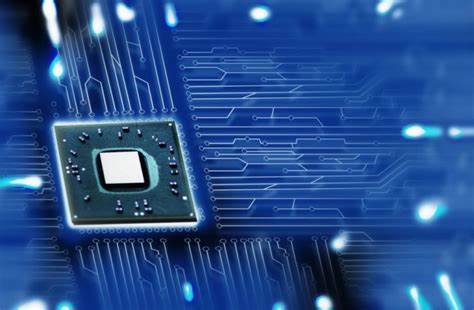
In the realm of computer hardware, ensuring optimal performance is a crucial objective for enthusiasts, gamers, and professionals alike. Two important tools in this endeavor are hardware performance testing and bottleneck calculators. This article explores these tools, their significance, and how to use them effectively.
What is Hardware Performance Testing?
Hardware performance testing is the process of evaluating the performance of various components within a computer system. This includes the CPU (Central Processing Unit), GPU (Graphics Processing Unit), RAM (Random Access Memory), storage devices, and more. The objective is to measure how well these components perform individually and together under different conditions.
Why is Hardware Performance Testing Important?
- Optimization: Helps in fine-tuning the system for optimal performance.
- Comparison: Allows for benchmarking against other systems or components.
- Troubleshooting: Identifies potential issues or underperforming components.
- Upgrading: Informs decisions on which components need upgrading.
Tools for Hardware Performance Testing
Several tools are available for testing the performance of different hardware components:
- CPU Testing: Tools like Cinebench, Prime95, and AIDA64 stress test the CPU, measuring its performance and stability.
- GPU Testing: Applications like 3DMark, FurMark, and Unigine Heaven benchmark the GPU’s capability to handle graphical workloads.
- RAM Testing: MemTest86 and AIDA64 help in assessing the performance and stability of the system’s memory.
- Storage Testing: Tools like CrystalDiskMark and AS SSD Benchmark measure the read and write speeds of SSDs and HDDs.
What is a Bottleneck?
In computing, a bottleneck occurs when one component of the system limits the performance of the entire system. This often happens when the capabilities of one component are significantly lower than those of the other components.
Common Bottleneck Scenarios
- CPU Bottleneck: The CPU cannot keep up with the GPU, causing a slowdown in processing tasks.
- GPU Bottleneck: The GPU is not powerful enough to handle the data sent by the CPU, leading to lower frame rates in games or rendering tasks.
- RAM Bottleneck: Insufficient or slow RAM can limit the performance of both the CPU and GPU.
- Storage Bottleneck: Slow read/write speeds of storage devices can hinder the overall system performance.
Understanding Bottleneck Calculators
Bottleneck calculators are online tools that help users determine which component is likely causing a bottleneck in their system. By inputting the specifications of the CPU, GPU, and other components, these calculators can provide an estimate of potential performance issues.
How to Use a Bottleneck Calculator
- Gather Component Specifications: Collect details about your CPU, GPU, RAM, and other relevant components.
- Input Data: Enter these specifications into the bottleneck calculator.
- Analyze Results: The calculator will provide an analysis, indicating if and where a bottleneck is occurring.
- Plan Upgrades: Based on the results, you can make informed decisions on which components need upgrading.
Popular Bottleneck Calculators
- PC-Build’s Bottleneck Calculator: A user-friendly tool that provides a detailed analysis based on input specifications.
- CPU Agent: Offers in-depth analysis and recommendations for upgrading components to eliminate bottlenecks.
- UserBenchmark: While primarily a benchmarking tool, it also provides insights into potential bottlenecks.
Linking Hardware Performance Testing and Bottleneck Calculators
To achieve a balanced and efficient system, it’s important to use both hardware performance testing and bottleneck calculators. Here’s how they complement each other:
- Initial Testing: Use hardware performance testing tools to benchmark your system and identify any underperforming components.
- Bottleneck Analysis: Input the benchmark results into a bottleneck calculator to pinpoint the exact cause of any performance issues.
- Upgrade Planning: Based on the analysis, plan and implement upgrades to address the bottleneck.
- Re-testing: After upgrading, re-test the system to ensure that the bottleneck has been resolved and the system is performing optimally.
Conclusion
Hardware performance testing and bottleneck calculators are essential tools for anyone looking to optimize their computer system. By understanding and utilizing these tools, you can ensure that your system runs smoothly, efficiently, and at its full potential. Whether you’re a gamer looking to enhance your experience or a professional seeking to boost productivity, these tools will help you achieve your goals.
Be the first to comment